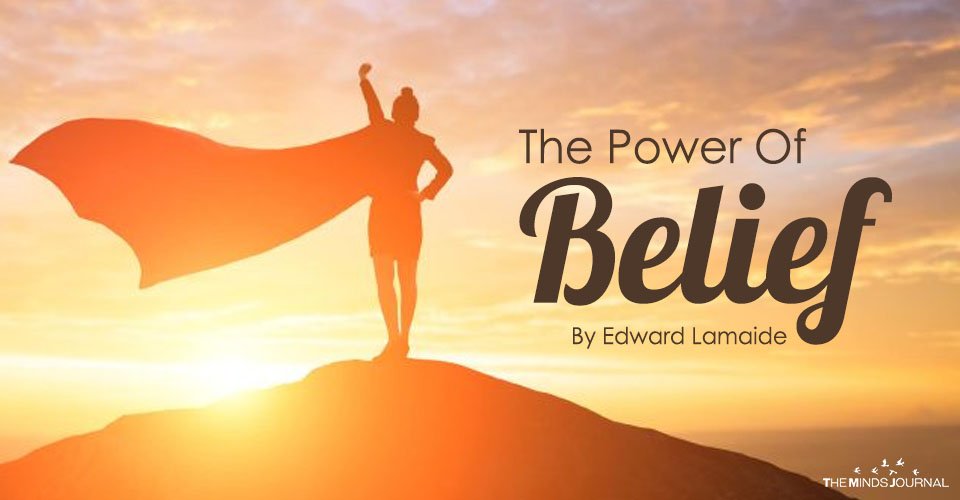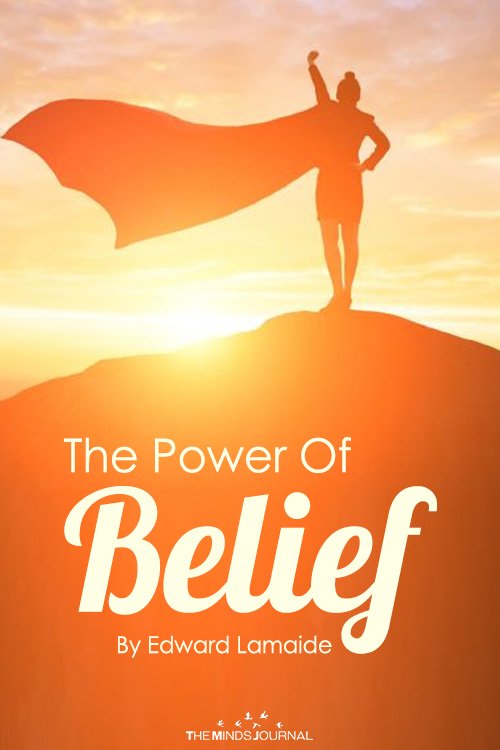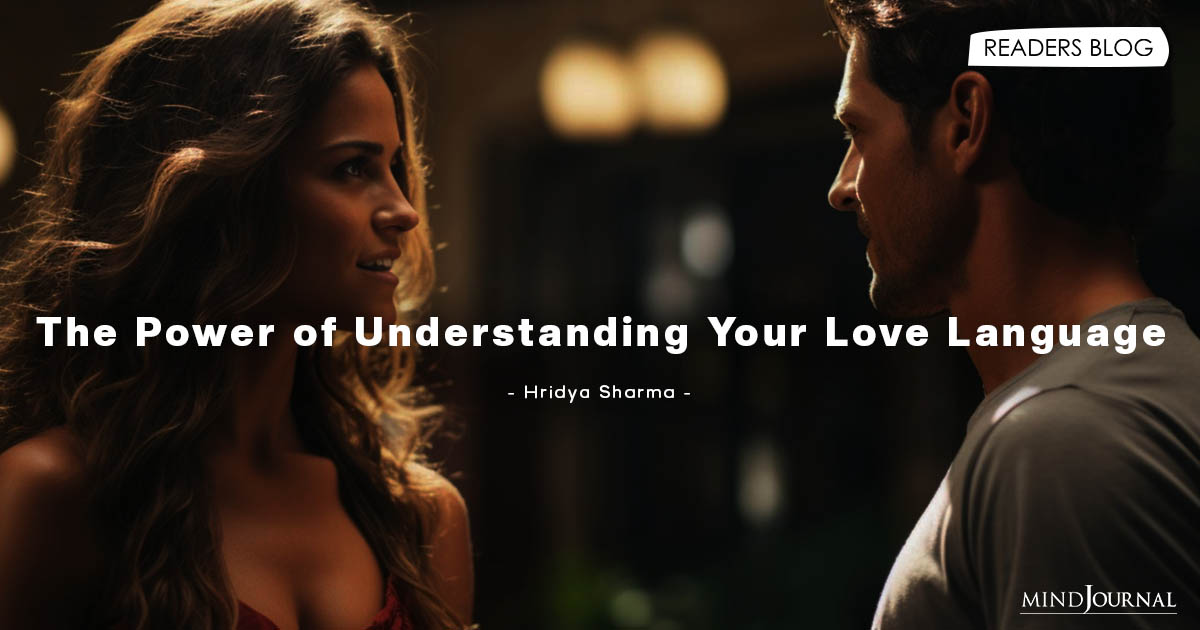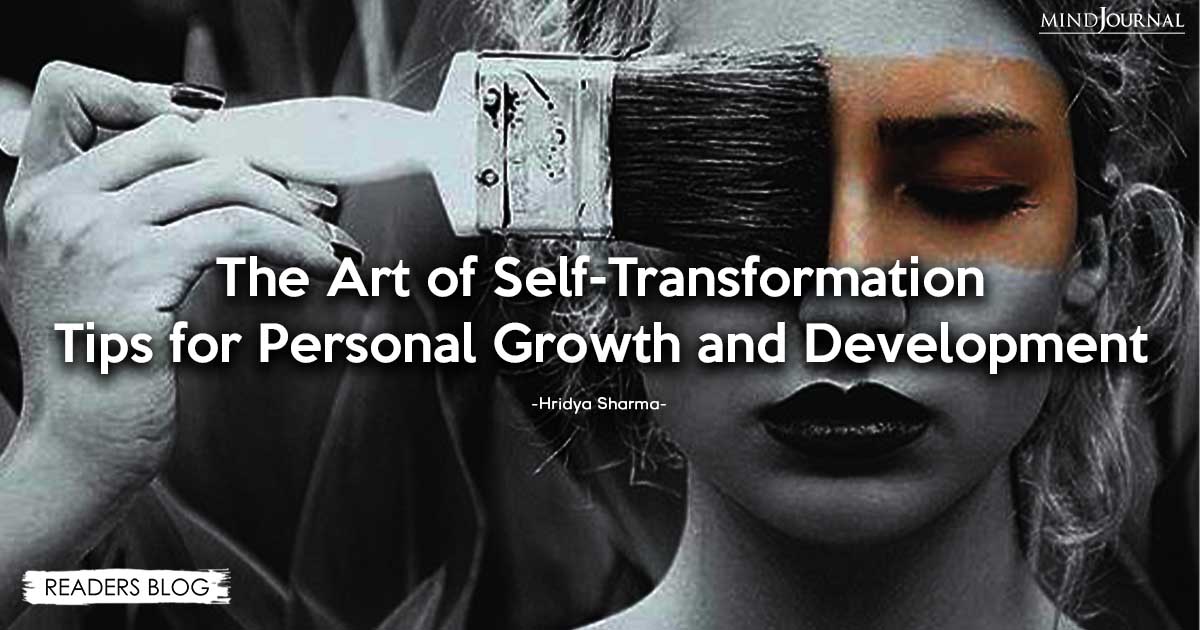The Power Of Belief
By Edward Lamaide
One of the aspects of being a hypnotist that I enjoy most is seeing a client open up to the power we all hold within ourselves.
It’s such a beautiful thing to be a part of and witness the moment when a client for the first time realizes what they are capable of achieving.
The look in their eyes and expression on their face when it really clicks for the first time is priceless and something I will never take for granted.
Though the sad reality is, the vast majority of our society will never come to learn just how powerful we are, and never take the time to really sit within themselves and discover this truth.
The truth of how much we can change virtually anything in our lives.
Even capable of changing things that we seemingly have no control over.
This is what I would like to talk a little bit about here.
Much of this internal power comes from our beliefs.
As we all know, what a person believes to be true can have a massive effect on their lives and how they conduct themselves.
But how far does this go?
What are we truly capable of accomplishing through the power of our beliefs?
I believe the answer to this can start to be understood by examining studies performed by researchers such as Dr. Bernie Siegel with his work with multiple personality patients and Dr. Henry Beecher’s discovery of the placebo effect.
We will first start with Dr. Bernie Siegel’s observations while working with multiple personality patients.
He witnessed that the power of their beliefs could change their nervous system as well as their biochemistry.
- Some of these changes he observed happening right in front of him in real time.
- Such as the patient’s eye colors changing as their personality changed.
- Physical marks appearing and disappearing, again as their personality changed.
- Even diseases such as diabetes or high blood pressure would come and go depending on which personality they were manifesting at the time.
Take a moment to think what this could mean for the future of health care.
Imagine the world where we are not so dependent on drugs and surgery to treat illness and disease.
Dr. Henry Beecher’s discovery of the placebo effect is another groundbreaking discovery that I feel should be explored and studied far more than it has.
Henry Beecher discovered the placebo effect as a medic in World War II. After running out of pain-killing morphine, he replaced it with a simple saline solution but continued telling the wounded soldiers it was morphine to calm them. To his surprise, almost half of the soldiers reported that the inert saline solution actually reduced or erased their pain.
Courtesy of the National Library of Medicine and the United States Army.
During his time teaching at the Harvard Medical School, Dr. Beecher also performed a study with 100 students.
He gave half the students a red pill and half the students a blue pill. They were told that the red pill was a powerful stimulant and that the blue pill was a tranquilizer. Unbeknownst to the students, the pills in actuality contained the opposite drug of what they were told.
After taking the pills, Dr. Beecher observed that the students reacted as they thought the pills were supposed to be, not as they actually were.
The students who had taken the red pill, which was a tranquilizer but was told it was a stimulant, displayed increased heart rates, body sensations becoming more acute, and brain waves becoming more excited.
The students who took the blue pill reacted in much the same way.
Even though they had taken a stimulant. Their heart rates slowed, their body sensations diminished, their brain waves became slower. Some students even wanted to sleep, even though they had taken the stimulant.
What is important about this study is that it is not the placebo effect.
They were given actual drugs and their physiological responses aligned with their belief of what drug they were told they had consumed.
Their own beliefs had overridden the chemical impact of the drugs.
Another Harvard doctor, cardiologist Herbert Benson, witnessed remarkable feats of the mind-body connection while studying the religious rituals and ceremonies of Tibetan monks.
Intrigued by accounts of monks who could wrap their bodies in sheets that were dipped into freezing water and within an hour dry them in frigid weather by using a special “psychic heat” that they were able to generate within their own bodies.
He traveled to Tibet with the Dalai Lama’s blessing and was able to study the monks.
He determined that the monks were capable of raising their skin temperature as much as 17 degrees.
If a normal person were exposed to these near freezing temperatures, the blood would typically be routed away from the skin towards the person’s core to keep warm.
He was also able to witness their metabolism drop by as much as 64 percent.
To put that decrease in perspective, metabolism, or oxygen consumption, drops only 10-15 percent in sleep and about 17 percent during simple meditation.
Dr. Benson says
“More than 60% of visits to physicians in the United States are due to stress related problems, most of which are poorly treated by drugs, surgery, or other medical procedures. My hope is that self-care will stand equal with medical drugs, surgery, and other therapies that are now used to alleviate mental and physical suffering. Along with nutrition and exercise, mind/body approaches can be part of self-care practices that could save millions of dollars annually in medical costs.”
These examples are only a small sample of what we are capable of, and it is my hope that it will at the very least give you pause to examine what you believe you’re capable of accomplishing and ultimately what we could all achieve.
Imagine for a moment how, if studied further, and put into practice, what could be accomplished.
What the implications might be for cancer treatment, obesity, diabetes, and high blood pressure among countless other ailments.
I will leave you with this quote from the Buddha that I feel is fitting.
“We are what we think. All that we are arises with our thoughts.
With our thoughts, we make our world.”
Buddha
About the author:
Edward Lamaide is the founder of Hypnosis Connections LLC.
A certified consulting hypnotist with the National Guild of Hypnotists.
A Certified Reiki master practitioner and teacher.
As well as an instructor of meditation in several disciplines.
www.hypnosisconnections.com
Please follow Hypnosis Connections LLC on Facebook as well.









Leave a Reply
You must be logged in to post a comment.